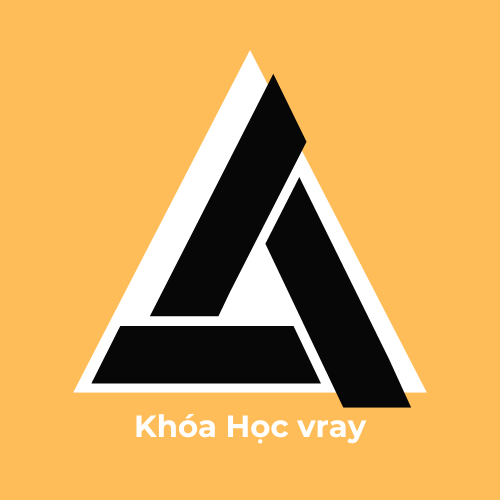Worldwide economic conditions showcase fierce rivalry between established producers and emerging players. PRC OEMs lead EV development, securing 18% of Western European market share. https://cars.edu.vn/
Advanced advancements fuel progress in autonomous solutions and software-defined automobiles. L3 functions enable automated operation although High automation tests expand in city areas.
Legislative requirements strengthen demands with stricter pollution targets and crash-prevention regulations. The European Union’s emissions limits demand automakers to reach 75 g/km fleet means.
Location-specific trends emphasize varying strategies – PRC utilizes state support while India appears as expansion center through planned capital infusion.
Material breakthroughs and environmental initiatives obtain importance, with BMW’s prototype exhibiting two-thirds drop in total output through circular economy concepts.
Market challenges remain, including lithium cost uncertainty and workforce concerns associated with battery-powered car change. Long-term proposals highlight variety of supply chains and accelerated code-based creation.
The pathway to 2030 needs judicious incorporation of adaptable platforms, regional approaches, and environmentally friendly methods to make certain wide-ranging progress across global industries.
